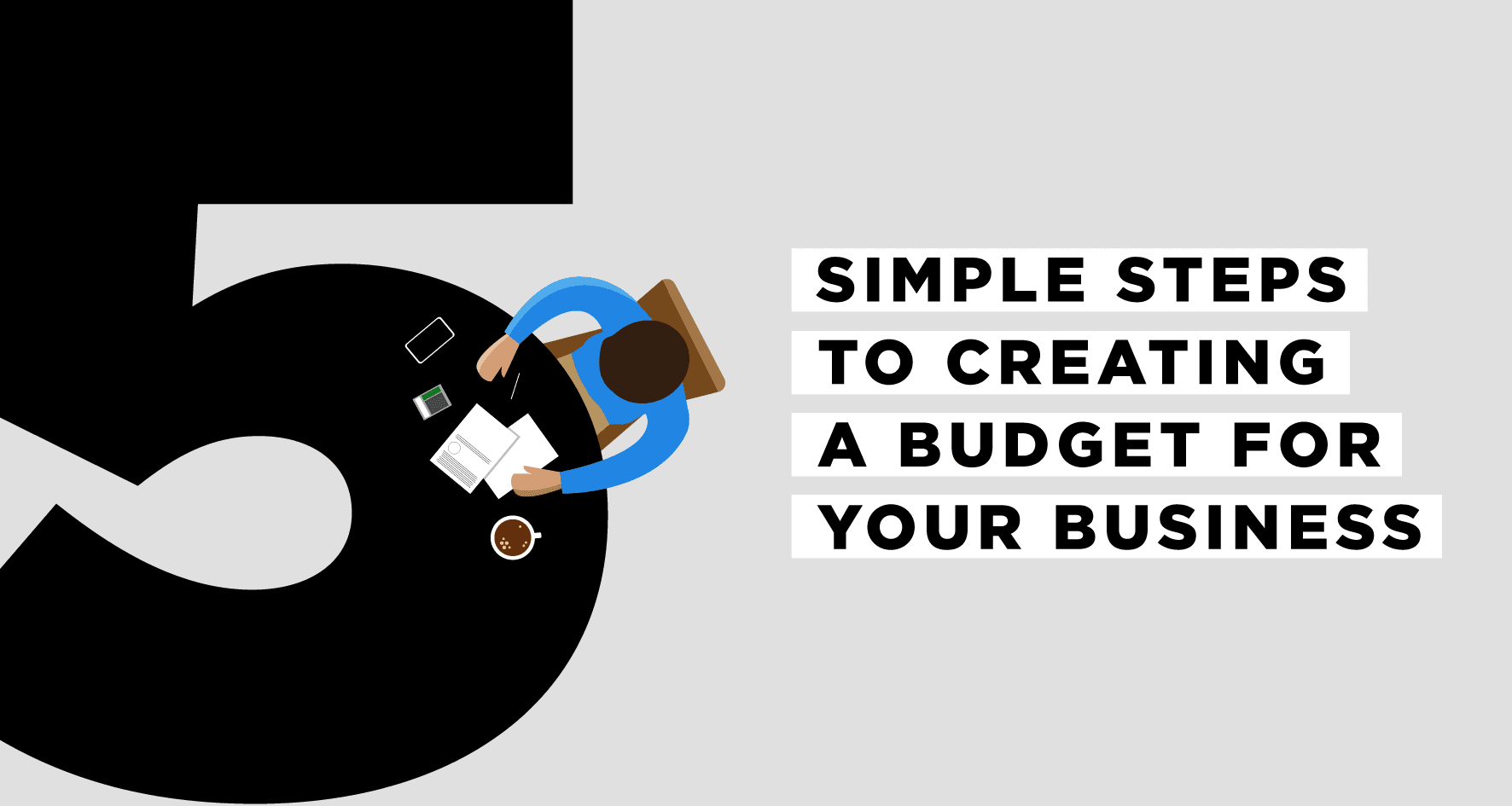How to Create a Simple Business Budget in 5 Steps
Azolibe oscar
September 30, 2025

Introduction
Every successful business, whether small, medium, or large, runs on one thing: a clear budget.
A budget is your financial roadmap. It helps you plan income, manage expenses, and stay aligned with your goals. Without one, it’s easy to overspend or lose sight of your profit margins.
The good news is that creating a business budget does not have to be complicated. In just five simple steps, you can build a budget that works.
1. List Your Income Sources
Start by identifying where your money is coming from. For most businesses, this includes sales revenue, investments, or additional income streams. Listing all income sources gives you a clear starting point for your budget.
Tip: Be realistic. Use actual sales data or average figures from previous months instead of guesses.
2. Calculate Fixed Costs
Fixed costs are expenses that remain the same each month. Common examples include rent, salaries, insurance, internet, and subscriptions. Since these costs are consistent, they are the easiest part of your budget to predict.
Tip: Keep a record of your recurring bills so nothing gets overlooked.
3. Estimate Variable Expenses
Variable expenses change depending on business activity. These include marketing campaigns, travel, utilities, and raw materials. Estimating these costs helps you prepare for months when spending is higher.
Tip: Review past spending patterns to forecast variable costs more accurately.
4. Set Spending Goals
A budget is not only about tracking costs. It is also about setting priorities. Decide how much you want to invest in growth areas such as marketing, training, or product development. Clear spending goals ensure you allocate money wisely and avoid overspending.
Tip: Align your spending goals with your long-term vision for the business.
5. Track Your Progress and Adjust
A budget is not a one-time task. It is a living document that should evolve with your business. Track expenses regularly, compare them with your budget, and make adjustments when necessary. If certain costs rise, rebalance by cutting back in other areas.
Tip: Use accounting software or spreadsheets to monitor your budget on a monthly basis.
Conclusion
Creating a business budget does not require advanced tools or financial expertise. By following these five steps, listing income, calculating fixed costs, estimating variable expenses, setting spending goals, and tracking progress, you can build a financial plan that supports long-term success.
Want a budget that actually grows your business?
At BuildX, we help entrepreneurs create customized budgets and financial strategies that drive growth. With the right tools and guidance, you can make smarter decisions and keep every dollar working for your success.

About Azolibe oscar
Oscar Azolibe is a tech enthusiast and writer passionate about startups, software development, and the future of innovation in Africa. With experience in product design and engineering, he brings unique insights into how emerging technologies are shaping new business opportunities.